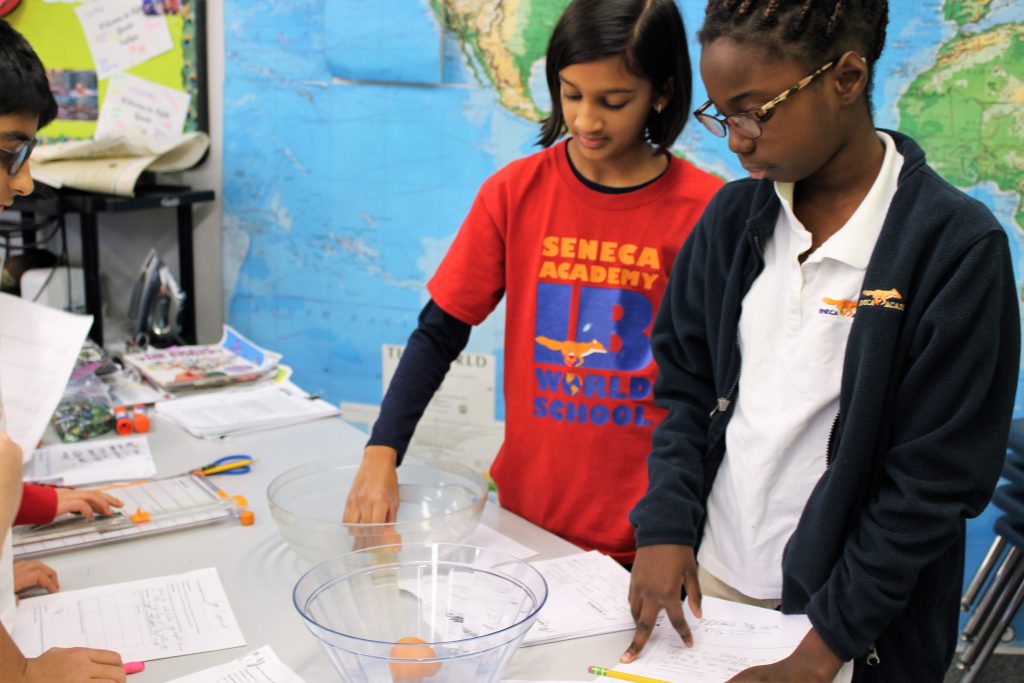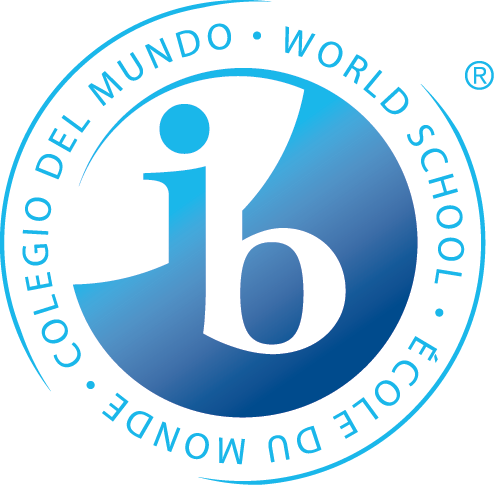
The Seneca Academy goals and standards for science are informed by the Next Generation Science Standards, the IB PYP Science Scope and Sequence, and the Montgomery County, MD Public Schools Science Curriculum. The Seneca Academy science curriculum is designed to help students acquire the skills and habits of mind in scientific thinking that allow them to explore the biological, chemical, and physical aspects of the changing world around them. This is accomplished through a balanced study of earth science, life science, and physical science as well as the integration of technology. Our 6 ½ acre outdoor National Wildlife Federation Certified Schoolyard Habitat serves as a laboratory for many of our hands-on explorations of the natural world.
There are two dimensions to the science curriculum: scientific and engineering practices, which describe the habits of mind, scientific inquiry, and reasoning skills students need in order to be scientific thinkers; and science content, which describes the body of knowledge about specific scientific topics that we expect our students to master.
Scientific and Engineering Practices
- Asking questions and defining problems
- Developing and using models
- Planning and carrying out investigations
- Analyzing and interpreting data
- Constructing explanations and designing solutions
- Engaging in argument from evidence
- Obtaining, evaluating and communicating information
Areas of Study
- Living things including animals, plants, systems, adaptation, habitats, biodiversity, ecosystems, habitat, biology, and genetics.
- Earth and space including seasons, weather, climate, resources, systems, space, and geography.
- Materials and matter including properties and uses of materials, chemical and physical changes, changes of state, solids, gases and liquids.
- Forces and energy including magnetism, mechanics, physics, conservation of energy, equilibrium, and forms of energy.


